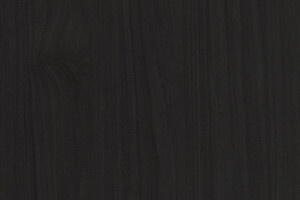Timber joints
All About Timber Joints
Centuries have passed away but wood is still considered as the best choice for construction. Being a natural element, it is not uniform in shape and size. Therefore, many option for replacement are available such as timber, concrete, etc. Thus, wood is considered as a critical consideration for joint design. Therefore, introduction of timber joints has been brought into existence. Joint is the junction of 2 or more members to make complete framework of material with significant changes. These joints offer great mechanical strength to the structure.
The joints are categorized on the basis of several variations which are based on simple idea. Practically, it has been observed that timber joints follow the traditional pattern but few are more advanced as those joints rely on combination of glue and mechanical fitting that offers strength to the product. There are several types of joints which have been crafted with different sort of designs such as dovetail joints that join two flat surfaces together at a right angle, dowelled joints offer mechanical strength, Mortise & Tenon joints fix horizontal members with vertical member of any frame structure. Other joints that have been utilized while construction is bridle joint, comb joint, halved joint and lapped joints.
There are various joint used for various applications which may suit one situation properly but not the other. The properties that make the timber joint shine is its long lasting feature. The premium timber joint is dovetail joint that is remarked for its superior strength. Moreover, when it gets assembled with the product, it starts offering sturdy and durability to the joint. The strength can be increased with combination of wood glue. Howsoever, dovetail is bit expensive one, whereas, dowel joints are less expensive even if it share similarity with dovetail joints.
Effective maintenance measures need to be taken with the use of different methods and tools. Timber joints deterioration is primarily caused due to decay, poor design and overload. But amongst all, decay is the most common factor which results due to moisture that later leads to leakage. Further, it even allows growth of fungus or wood boring insect which further forms a colony on timber joint and finally cause reduction in its strength. Moreover, overload structure crack due overload which even cause weakening of structure. For precaution one can use dry sealant to overcome the issue of decay and fungus.
The best ‘Timber Joints’ brands on Archello.
Whether you are an architect or engineer, contractor of builder, we invite you to explore our product selector to be inspired and supported in specifying ‘Timber Joints’ in your next project.


